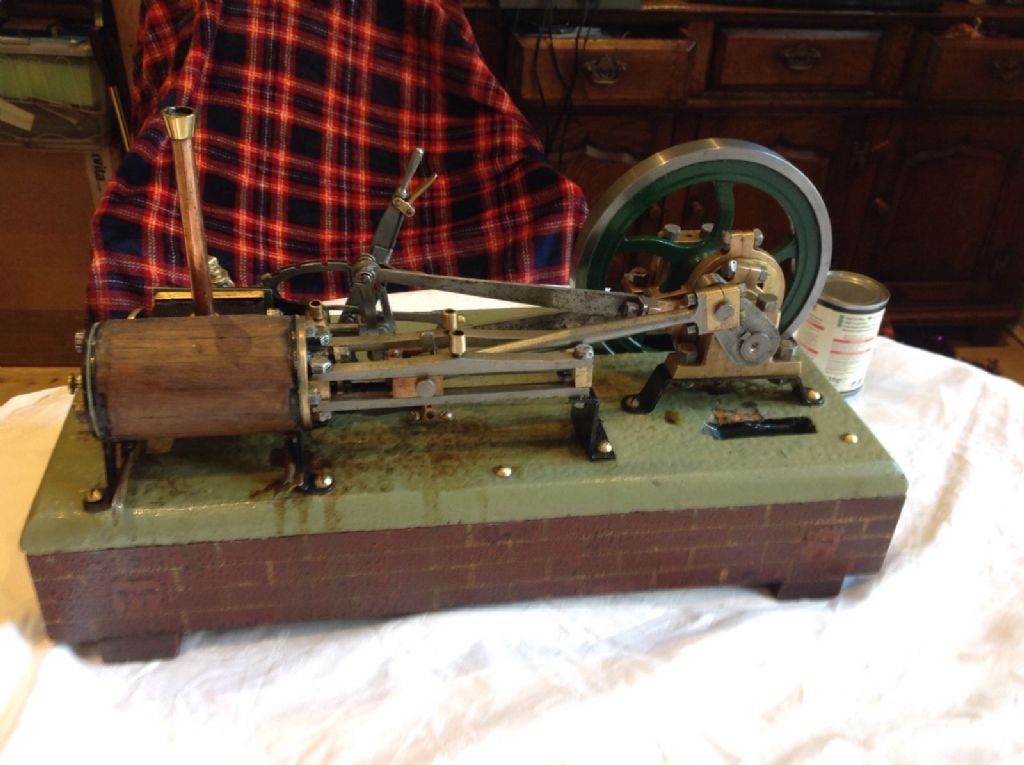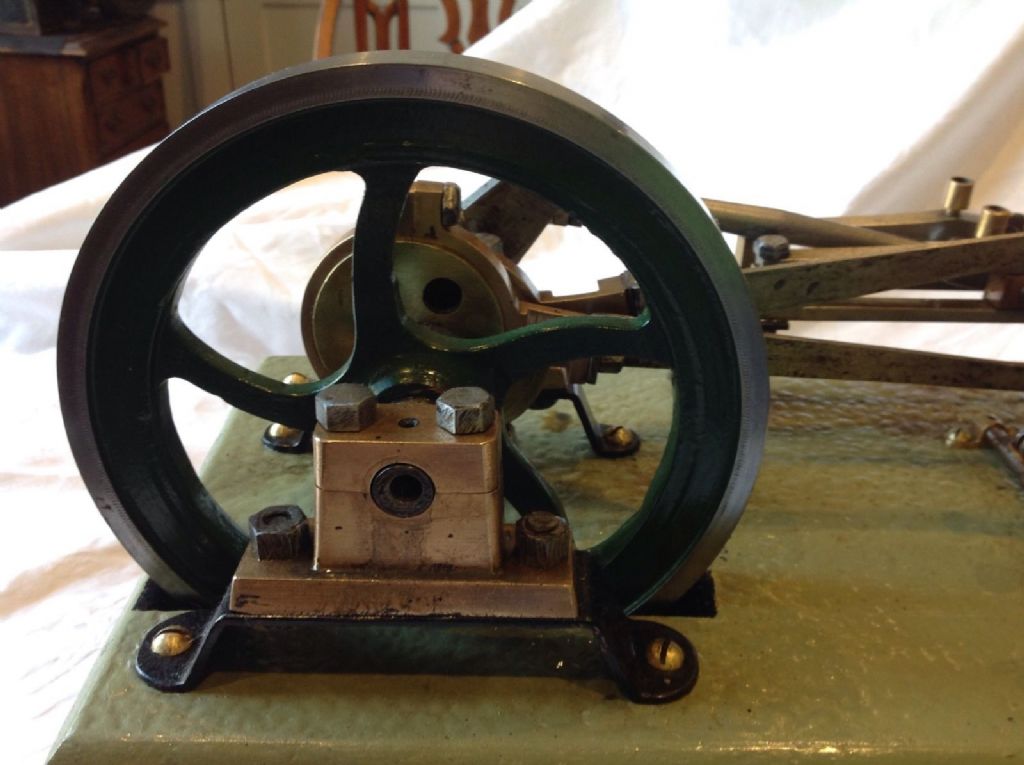Engine rebuild
Engine rebuild
- This topic has 30 replies, 6 voices, and was last updated 2 February 2016 at 13:31 by
gavin compton.
- Please log in to reply to this topic. Registering is free and easy using the links on the menu at the top of this page.
Latest Replies
Viewing 25 topics - 1 through 25 (of 25 total)
-
- Topic
- Voices
- Last Post
Viewing 25 topics - 1 through 25 (of 25 total)
Latest Issue
Newsletter Sign-up
Latest Replies
- Easiest/cheapest source of R8 socket
- Even the Dealer Didn’t Know!
- How many spokes do I really need?
- Model Engine running just off a naked flame
- Please direct me to where I can find an engineer to do some bespoke work
- What Did You Do Today 2025
- Herbert B drill information?
- Which lubricator do I need
- Backplate studs
- William Hazeldine … Proving Machine












 they are studs. you right about the "L" looking werid. guess im just being picky. i could thread a bit of round bar and then blend the round bar on to the other end of the eccentric rods,if the angle wrong i would sliver solder at correct angle. then again if it not broke………..
they are studs. you right about the "L" looking werid. guess im just being picky. i could thread a bit of round bar and then blend the round bar on to the other end of the eccentric rods,if the angle wrong i would sliver solder at correct angle. then again if it not broke………..









 there a 10mm twist/lift on front left to rear right. there no screws just two studs clamping the two cross members in place. i had to cut the studs as the nuts and holes was filled with epoxy. inspecton of the cross members showed they are not cut sq. so i can either repair and true up the base or start again,im not sure yet i hate wood work lol.
there a 10mm twist/lift on front left to rear right. there no screws just two studs clamping the two cross members in place. i had to cut the studs as the nuts and holes was filled with epoxy. inspecton of the cross members showed they are not cut sq. so i can either repair and true up the base or start again,im not sure yet i hate wood work lol.




